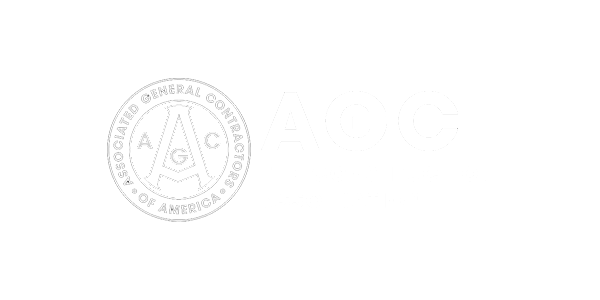How Construction Payment Schedules Help You Manage Cash Flow Issues
Did you know that 84% of construction businesses struggle with cash flow issues? Cash flow is particularly crucial in construction, where the timing and management of funds can be the difference between project — and even business — success and failure.
Managing cash flow can be especially challenging for general contractors, as expenses are substantial, ongoing, and varied. After all, you’re responsible for paying every supplier and subcontractor over the months and years it takes to complete a construction project.
Fortunately, implementing a carefully planned construction payment schedule reduces complexity and gives general contractors greater control over their cash flow. With this in mind, let’s explore what contractor payment schedules are and how they’re used.
What is a Payment Schedule in Construction?
A construction payment schedule is a detailed plan that outlines when and how payments will be made throughout the lifecycle of a construction project. Payment schedules also serve as contractual agreements between the general contractor and subcontractors, suppliers, and clients.
By removing ambiguity around when payments must be made, payment schedules ensure a steady flow of funds and smoother project execution.
Key Components of Payment Schedules:
- Payment Terms — Includes the conditions under which payments will be made, such as the time frame for payments after an invoice is submitted. This can cover discounts for early payment or penalties for late payment.
- Down Payment or Deposit — An upfront payment made once the project starts. This serves to guarantee commitment and cover initial project costs.
- Payment Milestones — These are specific points within a project’s timeline when payments are made for work completed. Milestones are usually tied to the completion of significant phases or tasks, such as the foundation laying, framing, or installation of major systems.
- Retainage — Also called retention, retainage is a portion of the payment withheld until either the project or a specified phase of work is completed. Retainage provides a financial incentive for subcontractors to complete projects to your satisfaction and is typically 5–10% of the contract price.
More components can be added to your payment schedules to add more detail and cover more payment scenarios. For a complete list, check out our article on the types of construction payment schedules.
Why General Contractors Need Payment Schedules in Place
Managing cash flow is a delicate balancing act. The smallest snag can cause you to lean too heavily on one side, threatening project collapse. A reliable general contractor payment schedule is one of the best tools for maintaining balance. As such, your schedule keeps cash moving so payments to subcontractors and suppliers are timed perfectly with cash inflow from clients.
Payment Schedules Enhance Strategic Planning
A thought-out payment schedule is a planning tool that provides general contractors with a clear view of their financial commitments. This helps keep projects on track and within budget. And with better control over your finances, you build the resilience required to handle multiple construction projects.
Payment Schedules Improve Compliance and Transparency
Payment schedules help you stay compliant with contractual obligations and industry regulations, ensuring every dollar is accounted for. They also play a significant role in maintaining transparency with all project stakeholders. Clear, agreed-upon payment terms mean fewer misunderstandings and disputes over money, leading to stronger business relationships. This is important, as good subcontractor relationships are key to growing your construction business.
How Should Payment Schedules Be Structured?
There’s no one-size-fits-all contractor payment schedule. But if you understand the factors that impact your schedules, you’ll be in a better position to know what level of detail your schedules should capture. Considering the following factors will help ensure your payment schedules are tailored to each project:
- Project Size and Complexity — Larger, more complex projects often require longer and more detailed payment schedules.
- Contract Type — Contract types follow different approaches to cost estimation, risk distribution, and payment structure. Cost-plus contracts, for instance, offer flexibility but require your schedules to accommodate rigorous expense tracking. On the other hand, fixed-price contracts offer predictability but less flexibility, as payments are tied to schedules-based milestones.
- Regulatory Requirements — Compliance with local, state, and federal regulations affects payment frequencies, penalties, and retainage handling.
- Financial Health — The financial stability of the client, subcontractors, and suppliers can require adjustments to payment terms.
- Market Conditions — Economic trends and market volatility impact material costs and labor availability, affecting payment schedules in turn. These must be accounted for in your schedules. For instance, including escalation clauses for material and labor costs helps you adjust costs based on price increases, providing a cushion against market volatility.
Best Practices for Managing Construction Payment Schedules
- Leverage Technology Solutions Construction apps can streamline the entire payment process. GCPay, for example, has features for automating invoicing, managing waivers, and securely sending ePayments. Adopting payment software is key to streamlining your operations, minimizing errors, and guaranteeing timely payment.
- Define All Terms Upfront Before breaking ground, ensure all payment terms, including milestones, retainage policies, and conditions for change orders, are clearly defined and agreed upon by all parties. This helps set expectations and reduces disputes.
- Communicate, Communicate, Communicate Regular, clear communication with subcontractors, suppliers, and clients maintains transparency and trust. This helps all parties stay informed about the project’s progress, upcoming payments, and any issues affecting the payment schedule. Communication also helps build positive relationships with subcontractors and suppliers. This goodwill can earn you flexibility when dealing with project changes.
- Document Everything Maintain meticulous records of everything from financial transactions and contracts to communications. This documentation is vital for resolving disputes, auditing purposes, and ensuring compliance. It also serves as a record that can inform future projects.
- Improve Your Process With Every Project After completing each project, review the effectiveness of your payment schedule management. Get feedback from everyone involved in the project to identify the areas that worked well and those that require improvement. Use these insights to refine your processes and improve how you manage your payment schedules.
Mitigate Cash Flow Challenges With Effective Payment Schedules
Your payment schedule is one of the most critical tools for maintaining a healthy cash flow. Adopting the right technology solution can streamline your payment operations, leading to smoother project management and making it easier to manage your payment schedules.
At GCPay, we offer a construction payment application tool that automates and simplifies the entire payment and payment application process.
Want to learn how GCPay can help you overcome key cash flow challenges? Contact us








